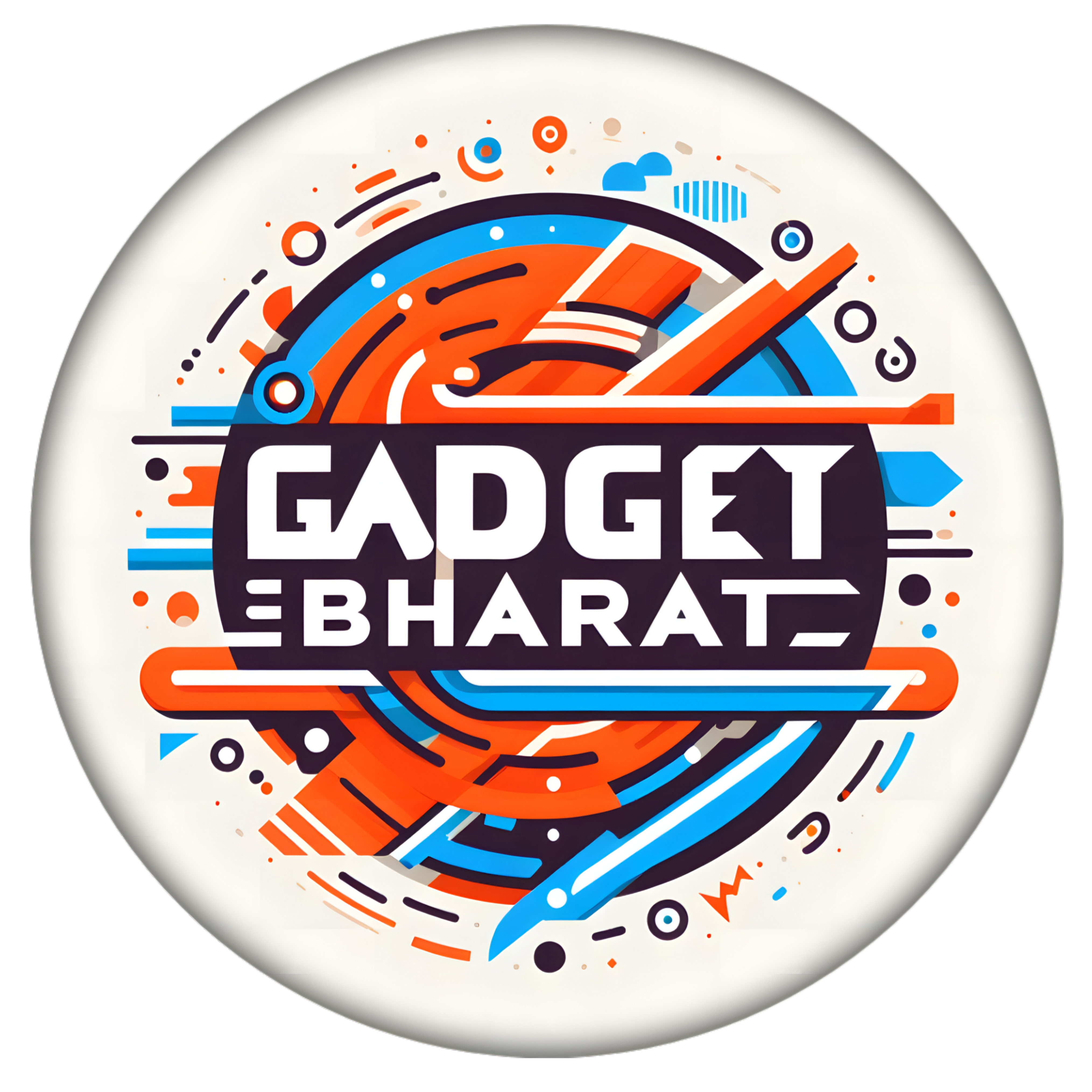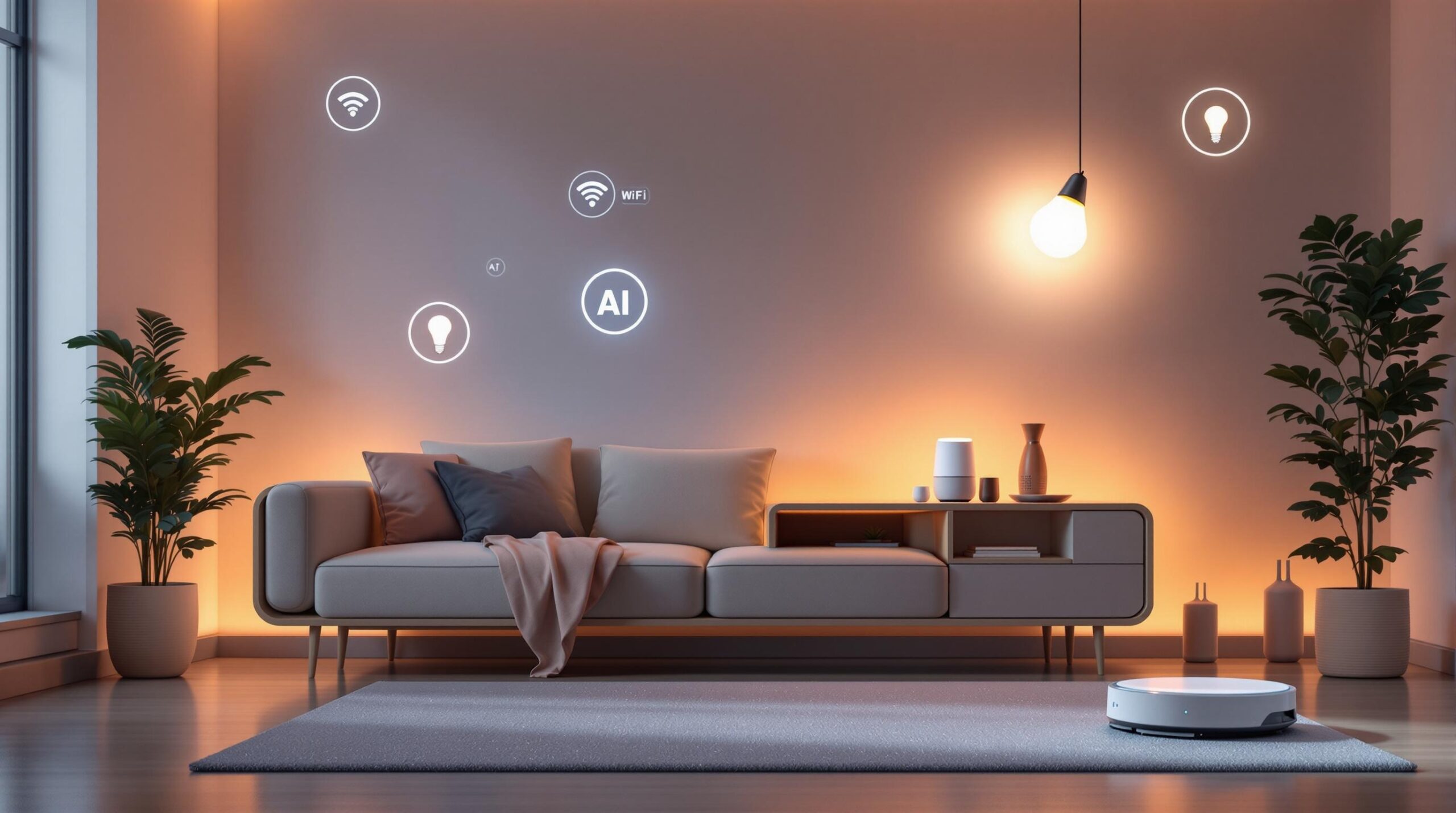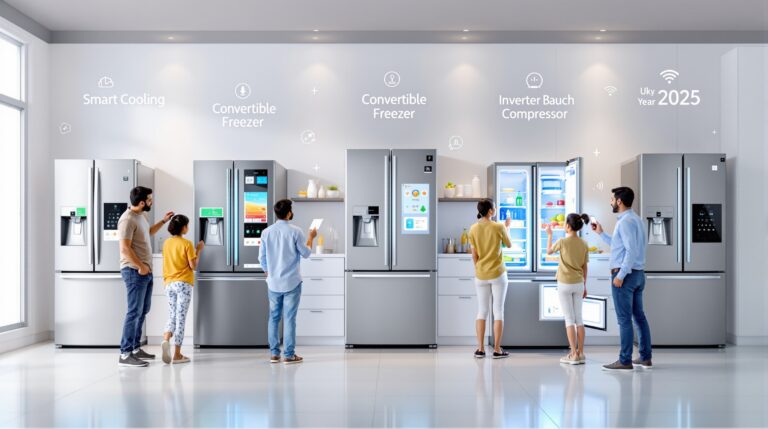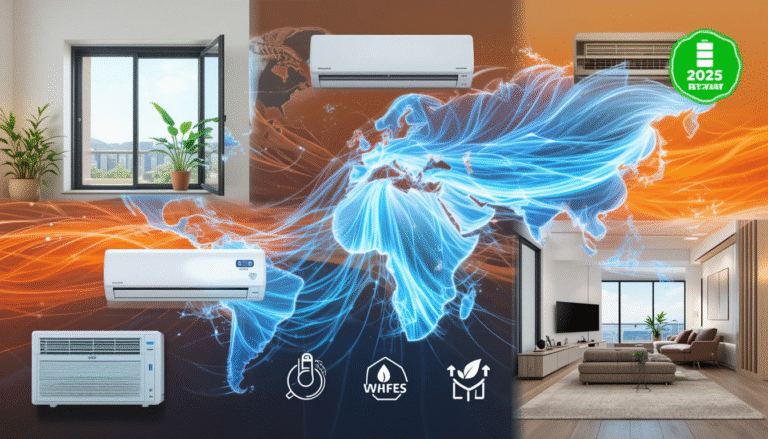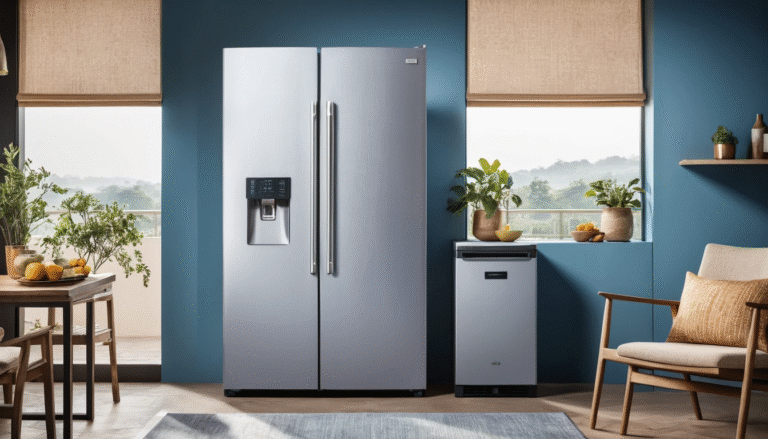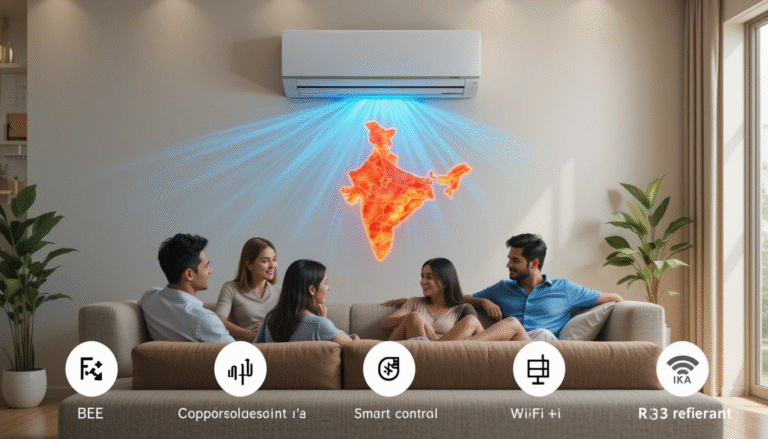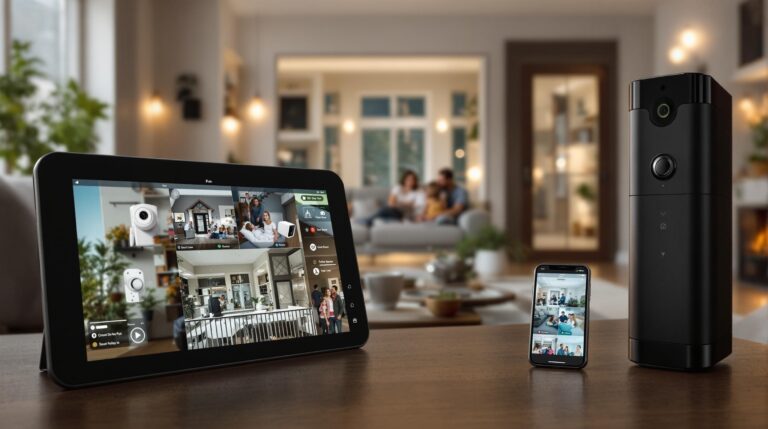20 Essential Home Automation Ideas for Beginners in 2025
20 Essential Home Automation Ideas for Beginners
Introduction
Home automation transforms ordinary houses into intelligent living spaces that anticipate your needs, enhance security, and save energy. As we step into 2025, advancements in AI, Matter compatibility, and seamless integration make it easier than ever for beginners to start.
You no longer need technical expertise to set up a smart home—affordable devices and user-friendly apps handle most of the work. Whether you aim to control lights with your voice, monitor your home remotely, or automate daily routines, these ideas offer practical starting points.
This guide focuses on beginner-friendly automation ideas that prioritize simplicity, cost-effectiveness, and global accessibility.
You can find most devices on platforms like Amazon or Google Store, and they work with popular ecosystems such as Google Home, Amazon Alexa, or Apple HomeKit. By implementing these, you boost convenience while adhering to energy-efficient trends. For instance, smart thermostats alone can reduce heating costs by up to 10-15%, according to recent studies.
Dive into these 20 ideas to build a smarter home step by step, and remember to start small to avoid overwhelming your setup.
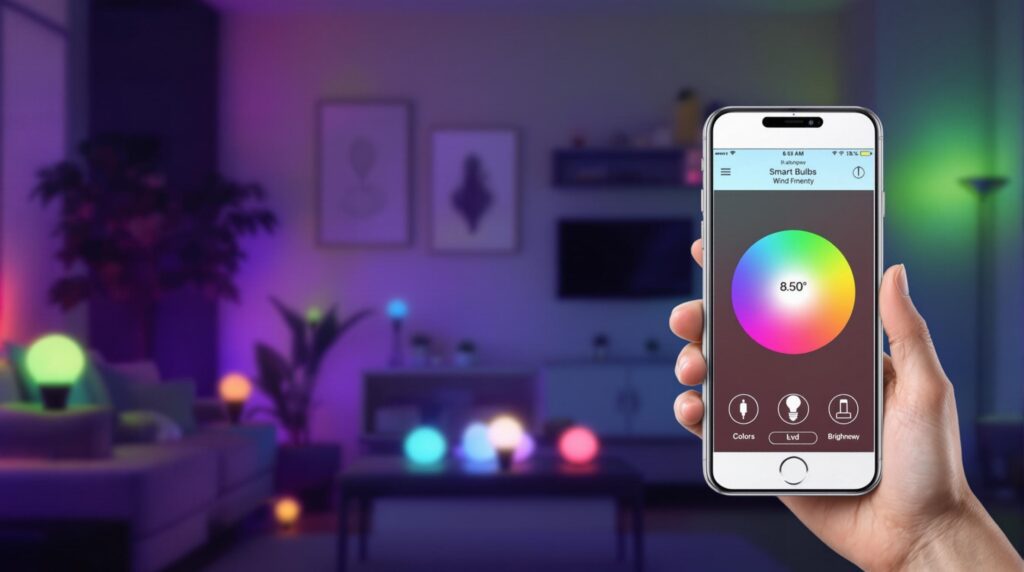
1. Install Smart Bulbs for Mood Lighting
You kick off your home automation journey by replacing traditional bulbs with smart ones like Philips Hue or Wyze.
These bulbs connect via Wi-Fi or Bluetooth, allowing you to control brightness, color, and schedules through an app.
Set them to dim automatically at sunset or sync with your morning alarm for a gentle wake-up. Beginners appreciate the plug-and-play setup—no wiring required.
This idea enhances ambiance and saves energy by turning off lights when rooms are empty. Link to a reliable source for more: Philips Hue Starter Kit.
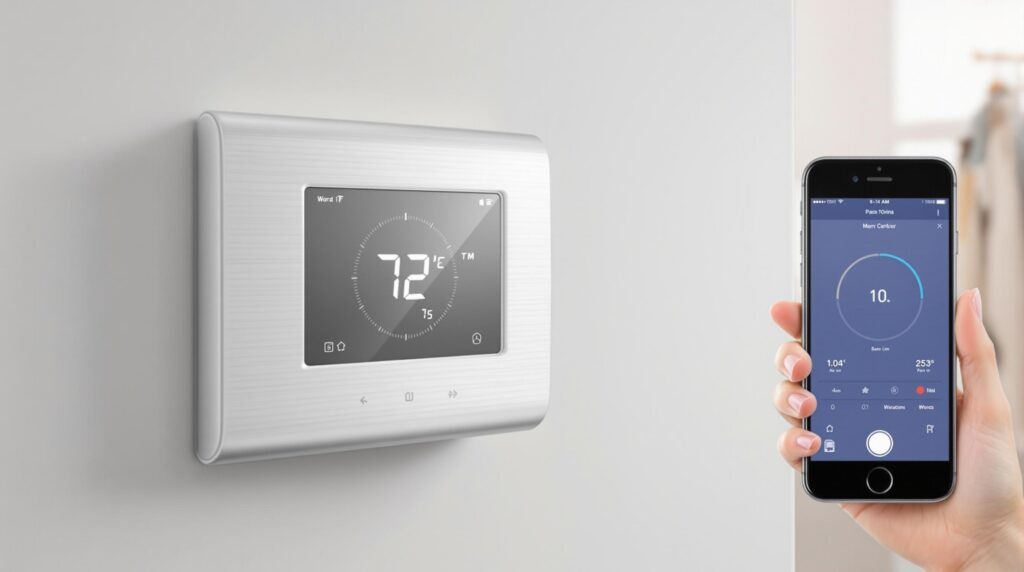
2. Set Up a Smart Thermostat for Climate Control
You optimize your home’s temperature with devices like the Google Nest Thermostat, which learns your preferences and adjusts heating or cooling accordingly.
Install it in place of your old thermostat, connect to Wi-Fi, and use the app to create schedules.
It detects when you’re away and lowers energy use, potentially cutting bills significantly. For beginners, the geofencing feature activates automatically based on your phone’s location. Explore options here: Google Nest Thermostat.
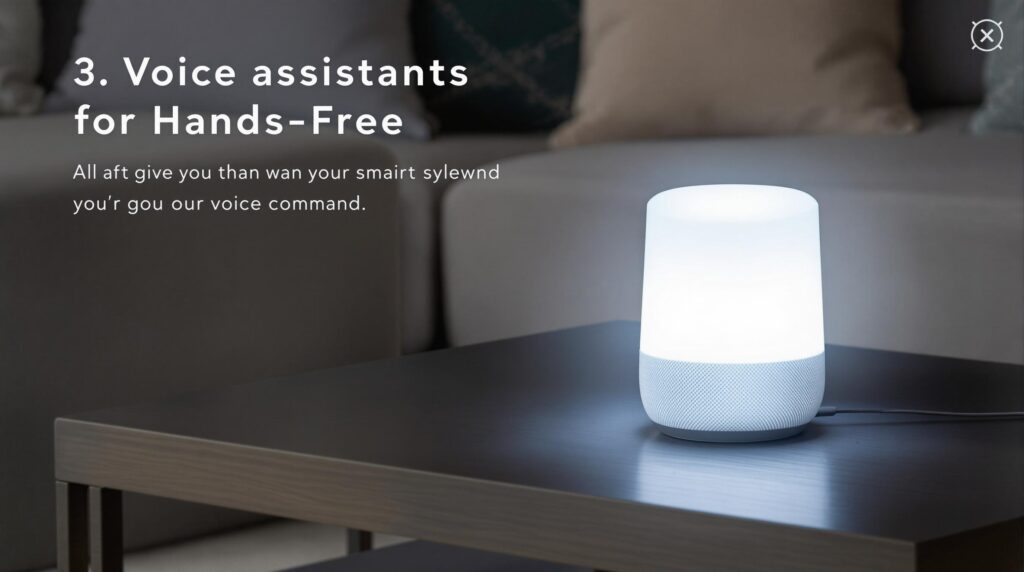
3. Integrate Voice Assistants for Hands-Free Commands
You command your home with voice assistants like Amazon Echo or Google Nest Hub. Place one in your living room, connect compatible devices, and say phrases like “Alexa, turn on the lights.” Beginners find this intuitive, as it centralizes control without multiple apps. Expand to routines, such as a “good morning” command that starts coffee and plays news. Get started with: Amazon Echo Devices.
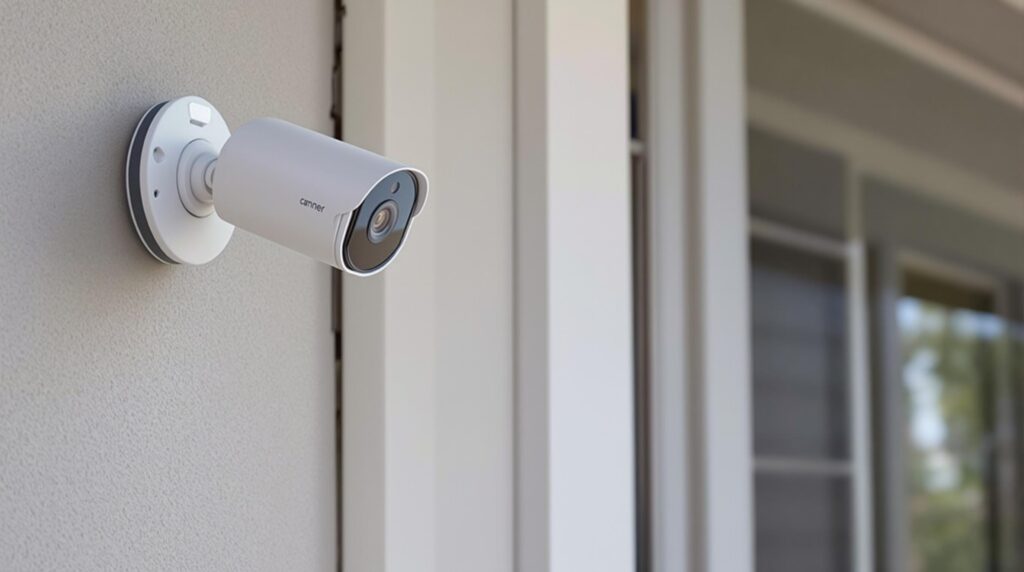
4. Add Smart Security Cameras for Peace of Mind
You monitor your property with cameras like Ring or Arlo, which offer live feeds, motion detection, and night vision.
Mount them outdoors or indoors, link to your smartphone, and receive alerts for unusual activity.
Beginners value the easy installation and cloud storage options. This automation deters intruders and lets you check on pets remotely. Check out: Ring Security Cameras.
5. Automate Door Locks for Keyless Entry
You secure your entrances with smart locks like August or Schlage, which replace standard deadbolts.
Use your phone to lock/unlock, grant temporary access to guests, or set auto-lock after a delay.
For beginners, integration with voice assistants adds convenience, like locking doors via command when you leave. Learn more: August Smart Locks.
6. Use Motion Sensors to Trigger Lights
You illuminate pathways automatically with sensors from brands like Aqara or Eve.
Place them in hallways, pair with smart lights, and watch them activate upon detecting movement. This saves energy and improves safety at night.
Beginners can set sensitivity levels to avoid false triggers from pets. Source: Aqara Motion Sensors.
7. Employ Smart Plugs for Appliance Control
You turn ordinary devices smart with plugs like TP-Link Kasa.
Plug in lamps or fans, connect to Wi-Fi, and schedule operations via app. Monitor energy usage and shut off remotely to prevent waste.
This beginner hack extends automation to non-smart items affordably. Buy here: TP-Link Kasa Smart Plugs.
8. Deploy Robot Vacuums for Effortless Cleaning
You maintain floors with vacuums like Roomba or Roborock, which map your home and clean on schedule.
Set no-go zones in the app and integrate with voice commands.
Beginners love the hands-off approach, especially for busy households. Details: iRobot Roomba.
9. Install Automated Blinds for Light Management
You control sunlight with motorized blinds from Somfy or Lutron.
Retrofit existing shades, sync with smart hubs, and automate based on time or weather.
This enhances privacy and energy efficiency by reducing AC needs. Explore: Lutron Serena Shades.
10. Add Smart Doorbells for Visitor Alerts
You greet guests remotely with doorbells like Nest Hello or Ring Video Doorbell. Wire or battery-powered, they send video feeds to your phone and record motion.
Beginners integrate them for package notifications and two-way talk. Link: Google Nest Doorbell.
11. Place Water Leak Sensors in Risky Areas
You prevent floods with sensors from Moen or Honeywell. Position near pipes, connect to your hub, and get instant alerts via app.
Automate shut-off valves for added protection. This simple setup saves beginners from costly repairs. More info: Moen Flo Leak Detector.
12. Monitor Energy with Smart Meters
You track consumption using devices like Sense or Emporia.
Install in your electrical panel, view data on an app, and identify wasteful appliances. Set alerts for high usage to promote savings. Beginners gain insights without complex wiring. Check: Sense Energy Monitor.
13. Automate Entertainment Systems
You streamline TV time with hubs like Harmony or smart remotes. Link TVs, speakers, and streaming devices for one-command activation.
Beginners create scenes like “movie night” that dims lights and starts playback. Source: Logitech Harmony.
14. Set Up Smart Irrigation for Gardens
You water plants efficiently with controllers like Rachio. Connect to sprinklers, use weather data to adjust schedules, and control via app.
This conserves water and keeps lawns healthy without manual effort. Details: Rachio Smart Sprinkler.
15. Upgrade to Smart Smoke Detectors
You enhance safety with detectors like Nest Protect, which alert your phone and interconnect for whole-home warnings.
Test remotely and integrate with lights for evacuation paths. Beginners value the self-testing feature. Link: Google Nest Protect.
16. Implement Geofencing for Arrival Automations
You trigger actions based on location using apps like IFTTT or built-in hub features.
Set lights to turn on when you approach home. This hands-free automation welcomes you and boosts security. Guide: IFTTT Geofencing.
17. Build a Centralized Home Hub
You unify devices with hubs like Samsung SmartThings or Home Assistant. Connect everything for cross-brand compatibility, especially with Matter standards in 2025. Beginners start with plug-in hubs for easy expansion. Explore: Samsung SmartThings.
18. Leverage AI for Predictive Routines
You let AI anticipate needs with systems like those in advanced thermostats or assistants. Devices learn patterns and suggest automations, like preheating ovens. This evolving tech simplifies life for beginners. More: AI in Smart Homes.
19. Integrate Solar Panels with Smart Storage
You harness renewable energy by pairing solar with batteries like Tesla Powerwall. Automate power distribution to prioritize green sources. Beginners monitor via apps for optimal usage and rebates. Details: Tesla Powerwall.
20. Add Health Monitoring Sensors
You track air quality and humidity with sensors like Awair or Nest. Automate purifiers or humidifiers based on readings for better wellness. This beginner-friendly addition promotes a healthier home environment. Link: Awair Element.
Conclusion
Embracing these 20 home automation ideas equips beginners with tools to create efficient, secure, and comfortable spaces in 2025.
Start with one or two, like smart lighting or thermostats, and gradually expand. Always prioritize compatible devices to avoid integration issues, and use apps for customization.
As trends evolve toward AI and sustainability, your smart home will grow with you.
For global users, check local regulations on data privacy. Invest wisely, and enjoy the convenience of a truly automated lifestyle.
